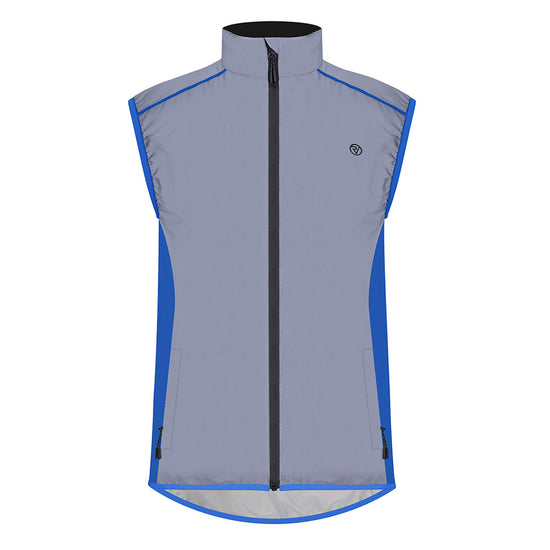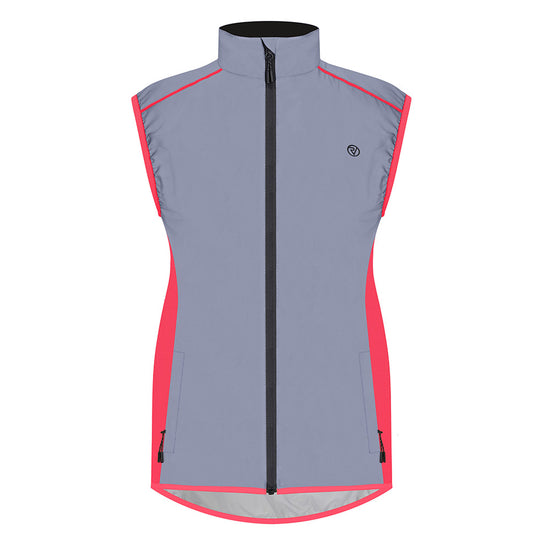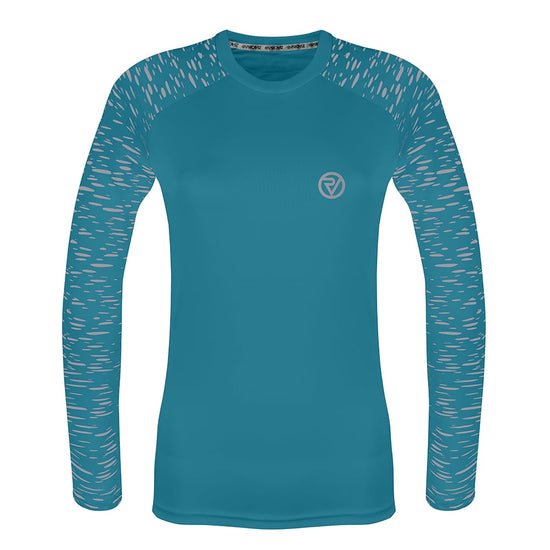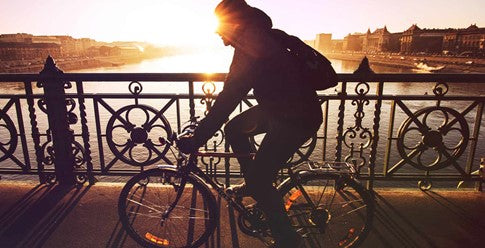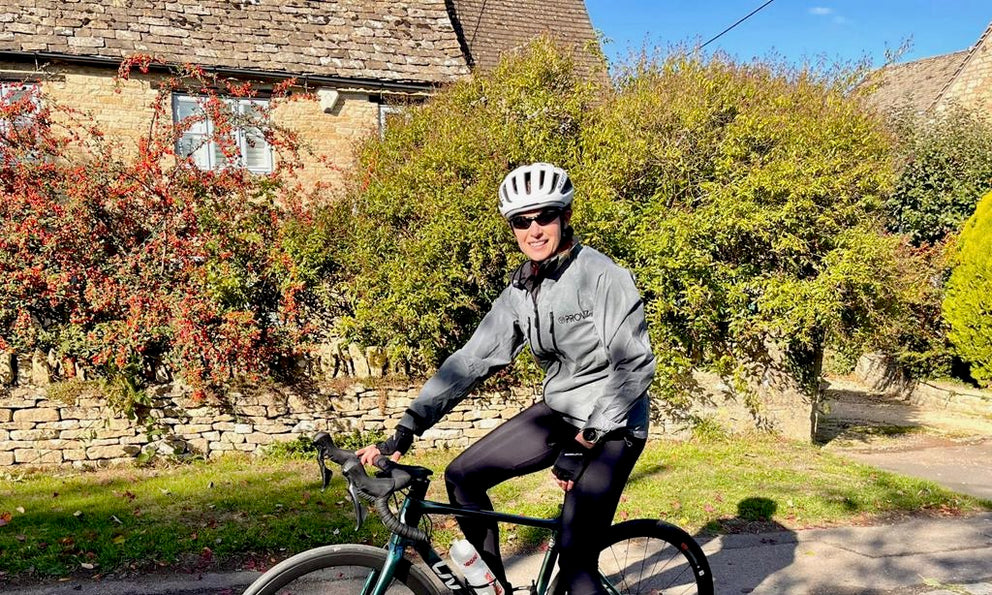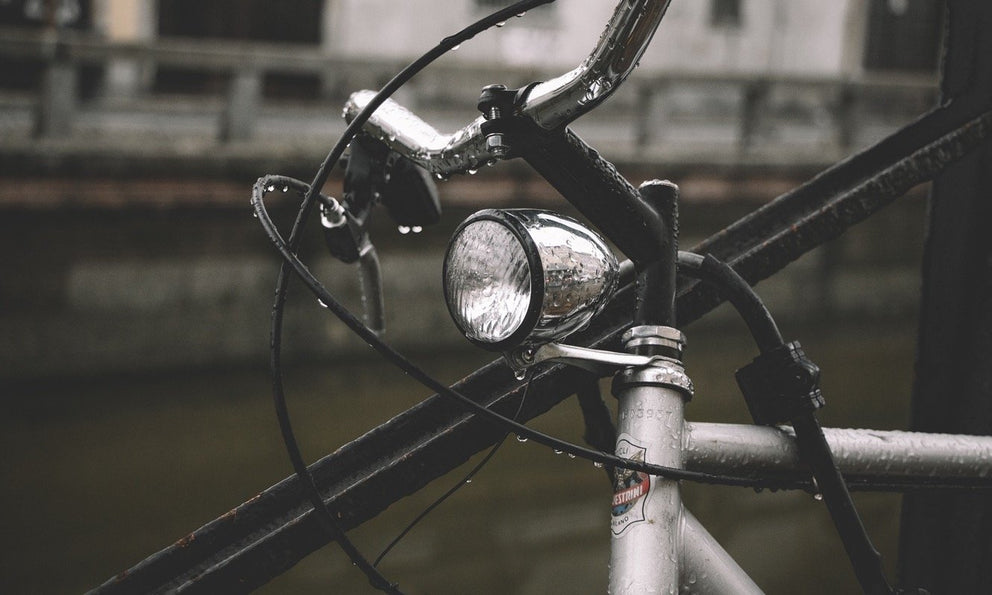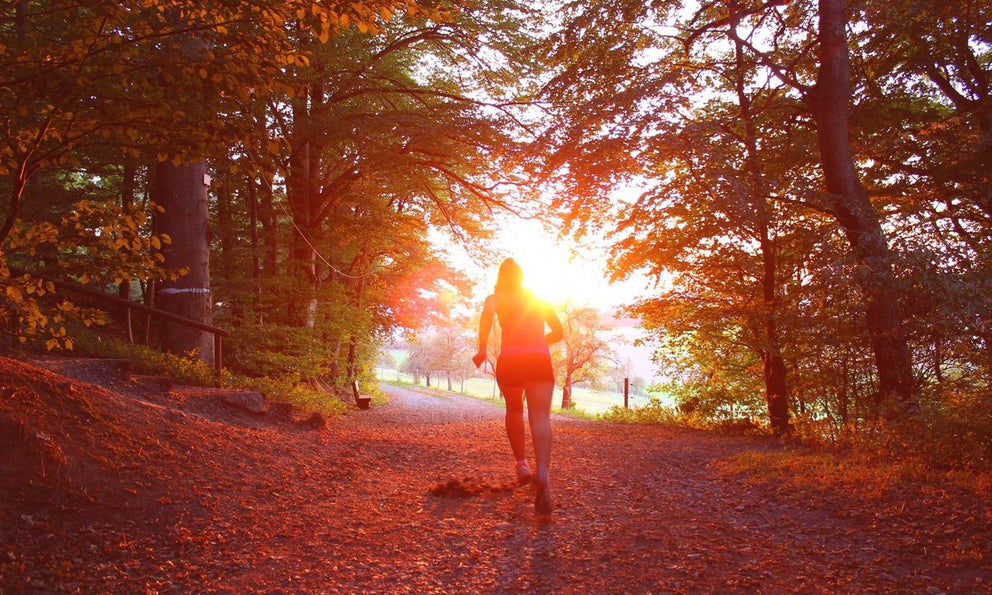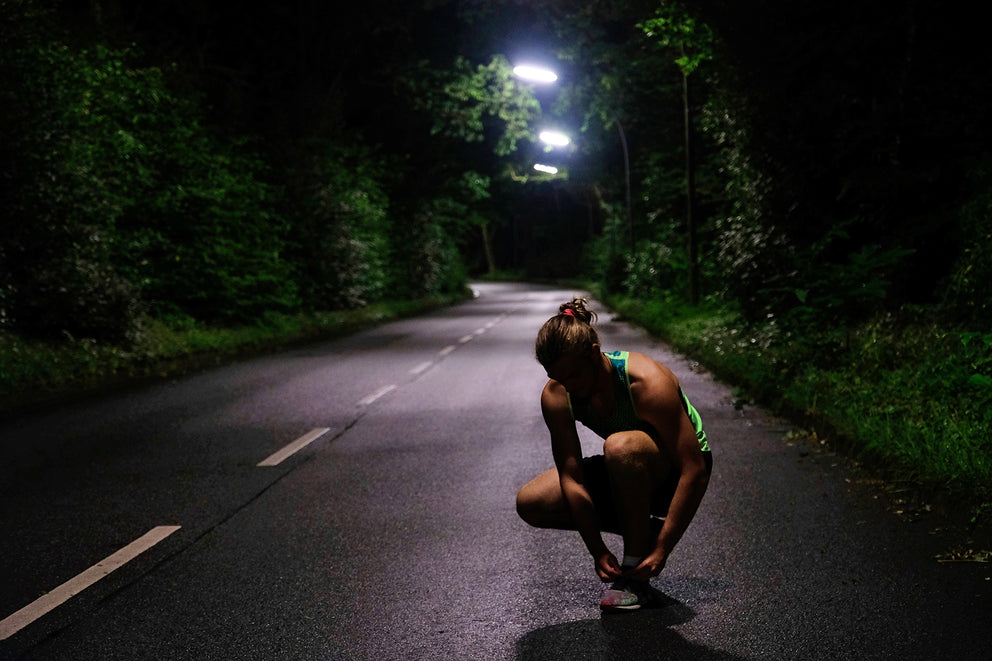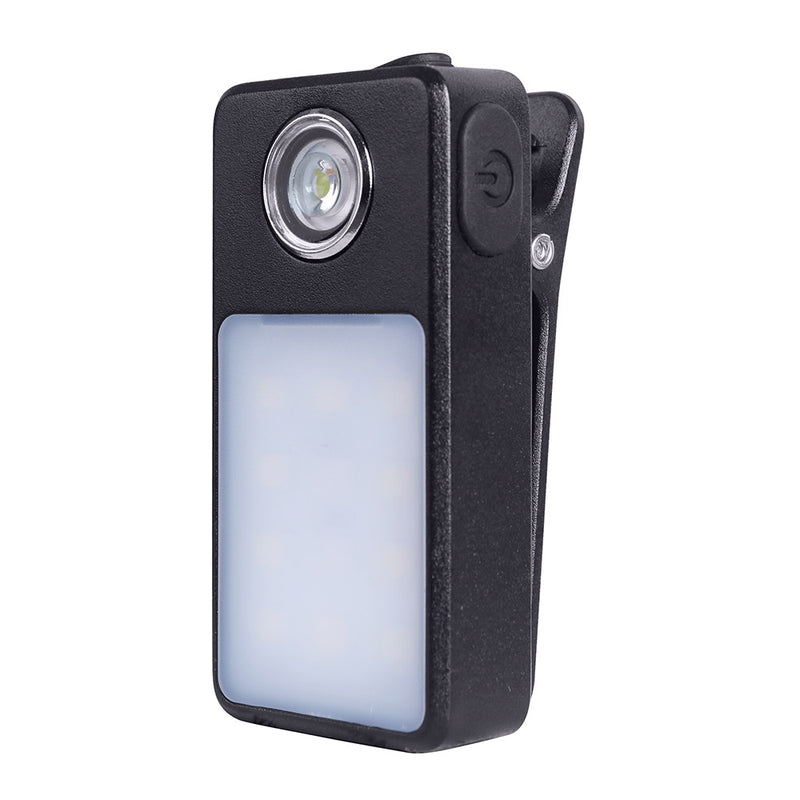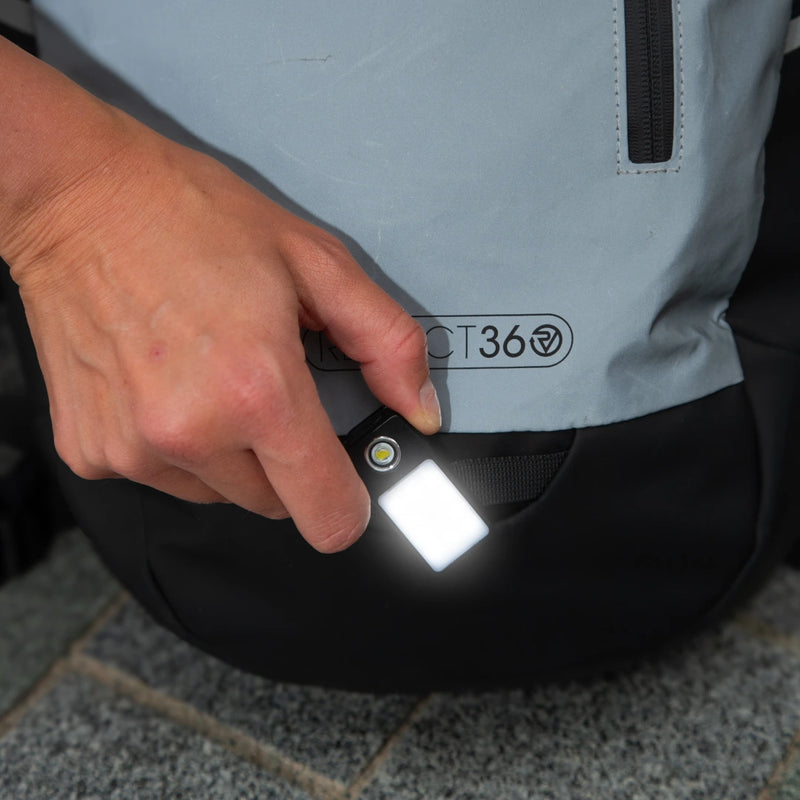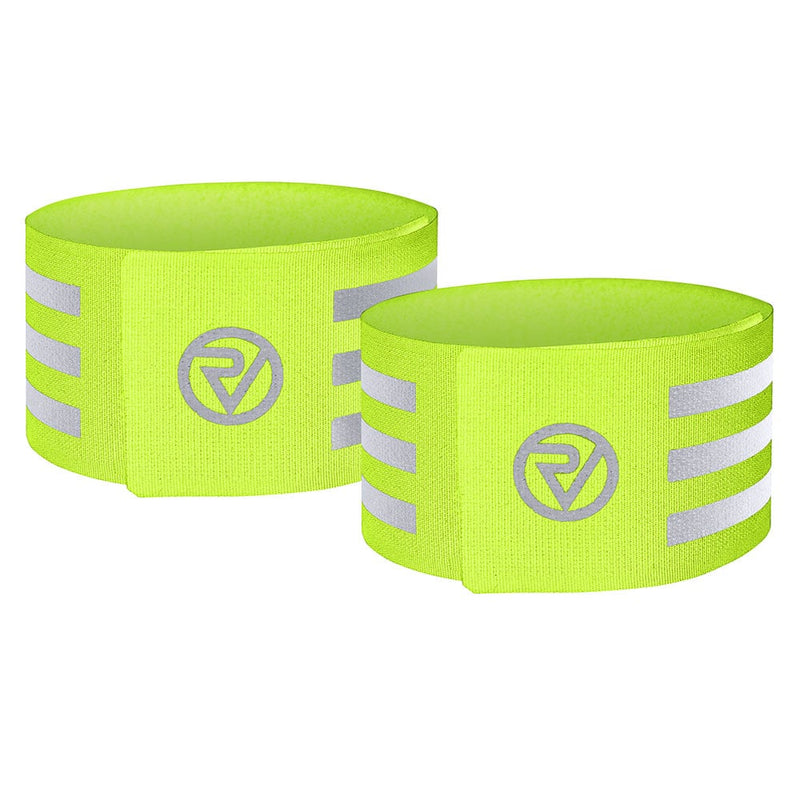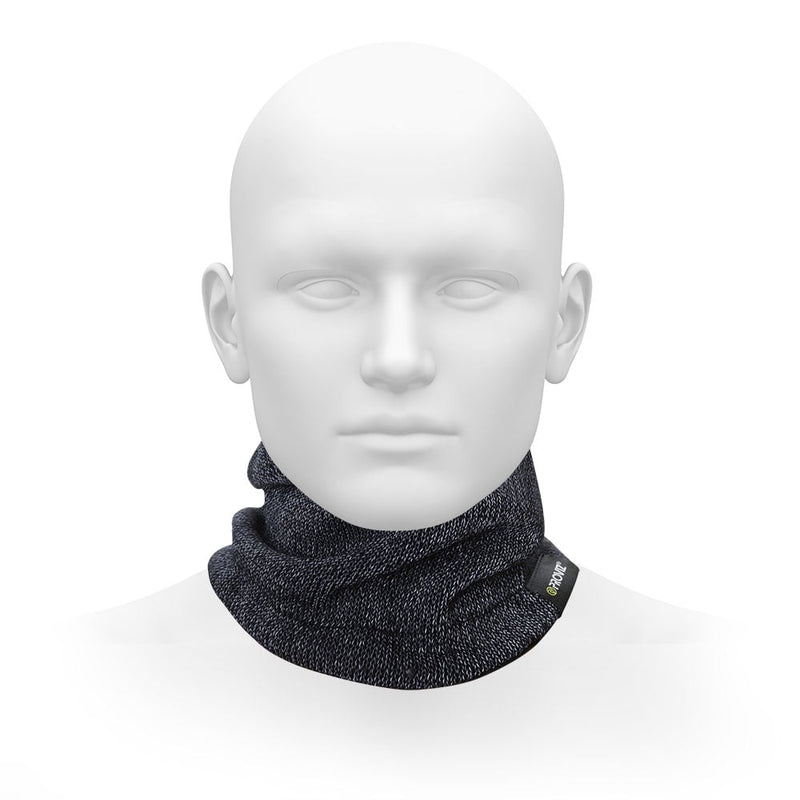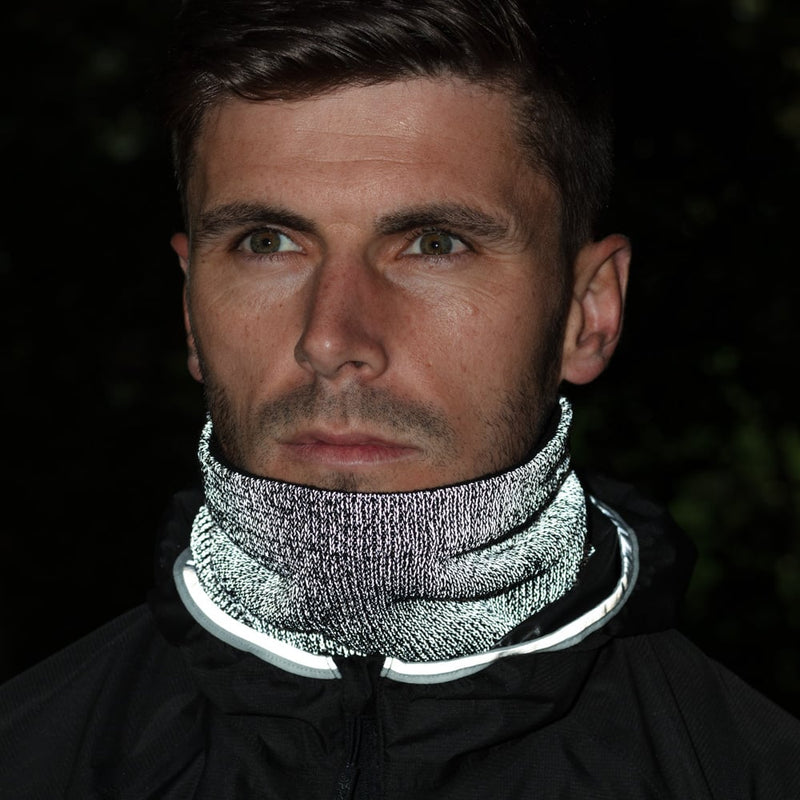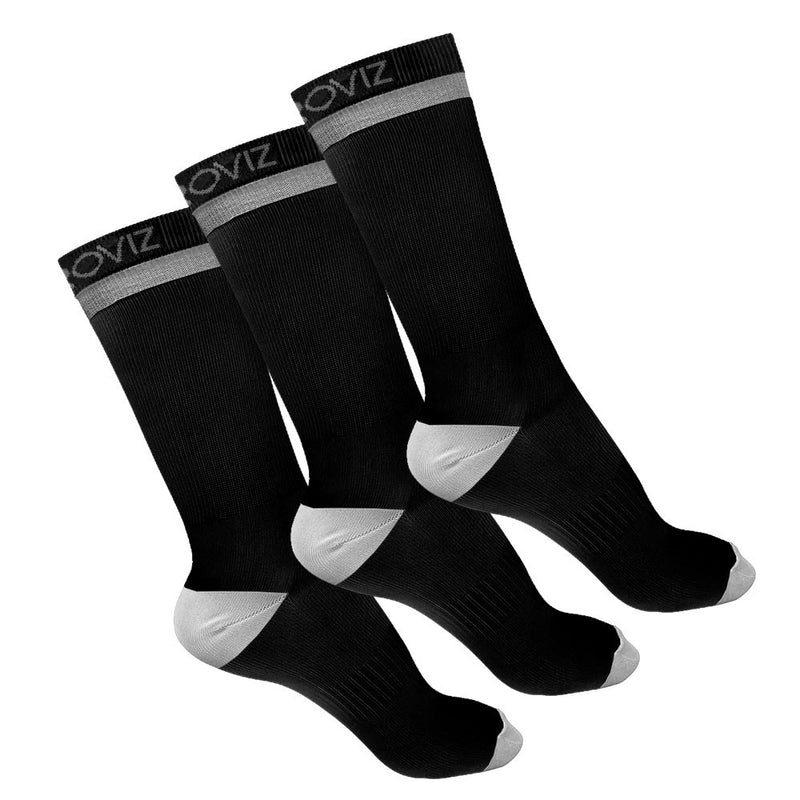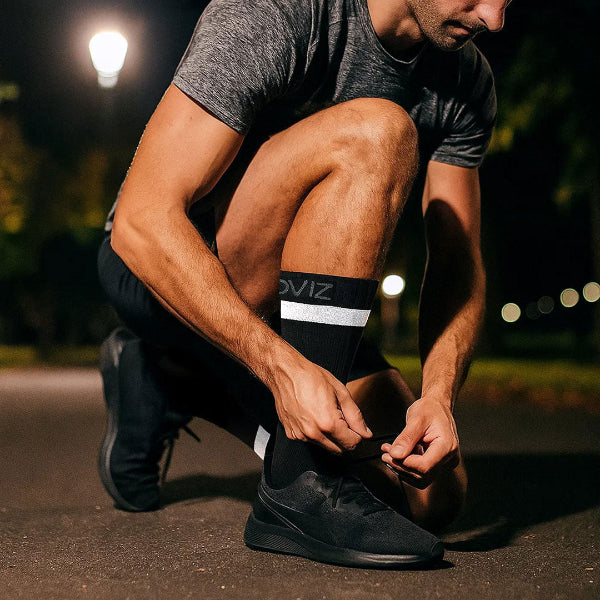Article updated May 2021
Despite cold, short days – and even snow and ice - you can still keep cycling comfortably and safely. Compared to our Continental neighbours, it doesn’t actually get that cold in the UK: average minimum temperatures range from about minus one to plus two degrees. But it can get a lot colder, as last winter showed, and the wind-chill from cycling will make it feel colder yet.
To be comfortable on your bike you need to be neither too cold nor – perhaps surprisingly – too hot. Our winter warmers guide looked at ways to keep your hands, feet and head warm. For your upper body, whether you wear normal clothes or bike gear, temperature control is easiest using layers: a base layer (a long or short-sleeved vest – yes, your mum was right!); one or two insulating layers (such as a jersey); and a wind/waterproof outer layer (a jacket or gilet). Legs don’t get so cold, but long johns, tights or cycling gear can all be used as base layers under something else.
In the UK, it’s often wet as well as cold during the winter. You’ll get much colder on your bike if you get wet. Mudguards will keep you drier when commuting, and some days will require wet weather gear. Wet roads can be slippery too. Your bike will get better grip if there’s more rubber in contact with the road. That means running your tyres slightly softer, and switching to something a bit wider if you’re currently on 23mm racing tyres – because thin tyres can pinch-puncture if they’re not firm enough.
Being seen
So long as you’ve got good lights, it’s not the extra hours of darkness that are the problem in winter. It’s a combination of other factors. Drivers – and pedestrians stepping off kerbs - are more likely to be distracted in the run up to Christmas. Some days are just grey all day. Other days have blindingly low sun. Sometimes it snows. Colourful hi-vis clothing from the likes of Altura, Endura, Respro and Proviz will make you stand out. Likewise flashing lights that are bright enough to be seen from a distance, even in daylight.
Riding on ice
Icy roads are treacherous on two wheels. Even if you don’t normally wear a helmet, it’s well worth considering one when it freezes. You can be laid out flat before you’re able to react. You can’t even see black ice, although it does tend to reform in the same places. Memorise them!
Ride slowly and carefully if you suspect ice. If you find yourself on ice, try not to panic: keep going in a straight line and don’t brake. If you must stop, gently use the rear brake. The bike may slew around but you should be able to get a foot down and stay upright. Flat pedals allow you to get a foot down fast; if you use clipless pedals, slacken the retention springs a little.
If all this sounds too scary, walk your bike until you come to a bigger road that’s gritted and clear – or leave it at home. You can break a hip if you crash hard on an icy road.
There is another option: studded tyres. See our winter tyre guide for more information.
Riding in snow
Fresh snow is actually quite good fun to cycle in, albeit harder work. Fat, knobbly tyres run soft offer more grip and sit on top of the snow better, so a mountain bike is an excellent option. Mountain bikes have generous frame clearances too, to cope with mud, and don’t jam up as easily with accumulated snow. And mountain bike gears go lower. Hybrids and cyclo-cross bikes also cope well in snow, whereas small-wheeled folding bikes are a struggle.
If you’ll have to walk in the snow, be aware that cleated cycle shoes will clog with snow and ice, making it hard to engage clipless pedals.
A peaked cycling cap – with or without a helmet – will keep falling snow out of your eyes.
Route choice
You may need to adapt your route in winter. Bigger roads will get gritted and the passage of traffic will keep them clearer, while minor roads, side roads and cycle paths are seldom treated. Try to stay on the flat as much as you can if it’s icy, since you won’t be able to count on controlling your speed on descents.
Avoiding corrosion
The side effect of salty grit on the roads is that it can ruin your bike. Look after the bike’s chain, in particular, and make sure you wash any salty residue off the rest of the bike while you’re at it. Don’t put your bike away before using at least a bucket of hot water and a few squirts of oil
Frozen solid
Small metal components can freeze solid. Your bike lock is most at risk, especially if you haven’t oiled it recently. You can buy de-icer sprays from automotive shops. A spray of WD40 may also work. If not, you need heat. Hot water works but makes refreezing likely, unless you subsequently dry and oil the lock. A hairdryer is effective. Even a cigarette lighter can work.
The pawls can freeze in your bike’s freehub too, so they won’t engage; you’ll pedal only air. Again, heat is the answer. If you’re stuck and don’t have anything else available, men can – discreetly! - use a bladder full of their body’s own water on the hub to free it.
A brave face on winter
Cycling in cold air will chap your lips very quickly. Use Vaseline or a lip salve. If you wet shave before cycling to work, use a moisturiser – either a proprietary post-shave cream or E45 - to prevent windburn. Your nose will run in the cold too. That’s why cycling gloves have a soft fleecy section… That section of your gloves is a breeding ground for germs, so be sure to wash them regularly.
Source: Cyclescheme
